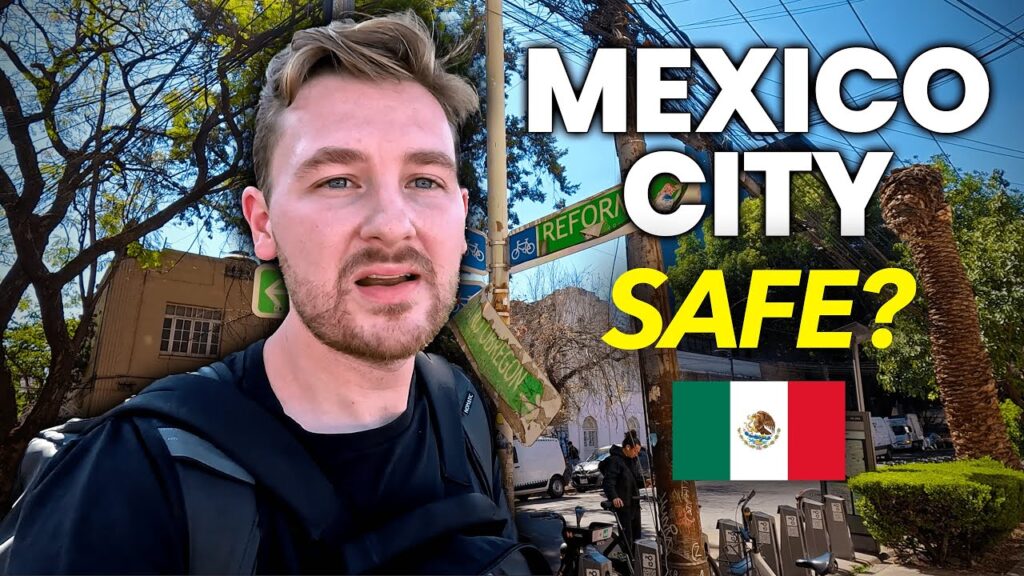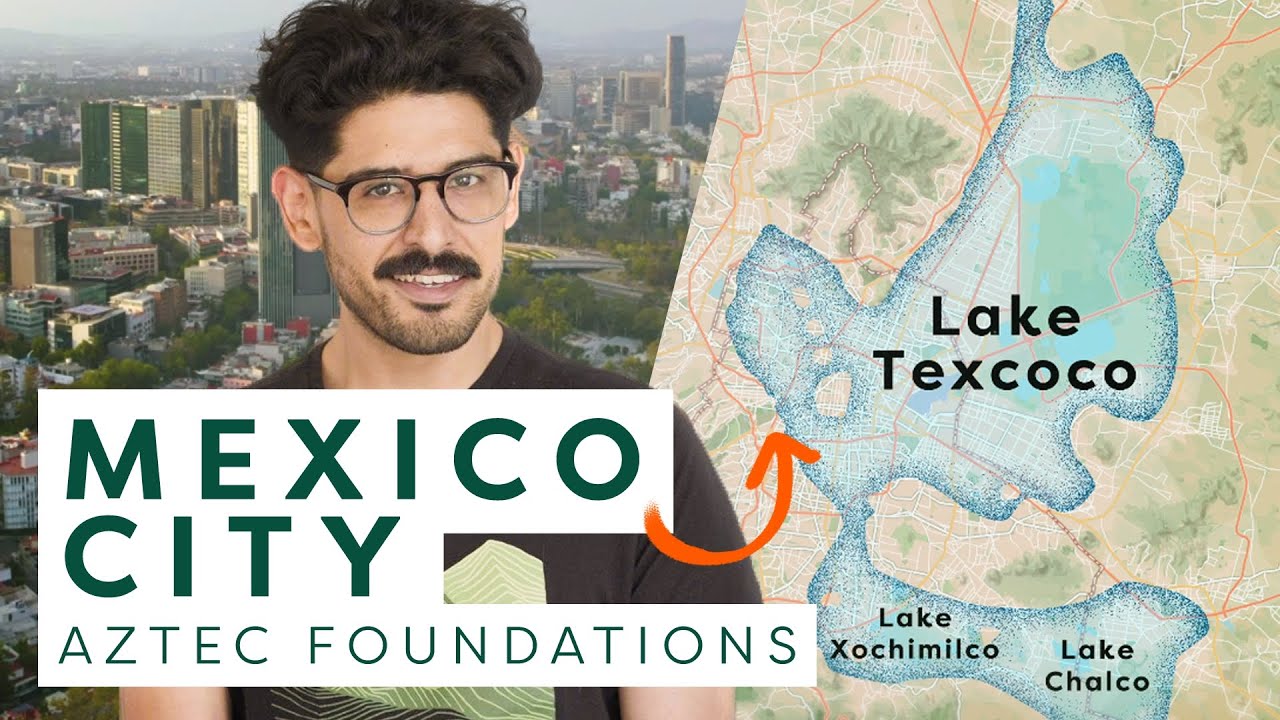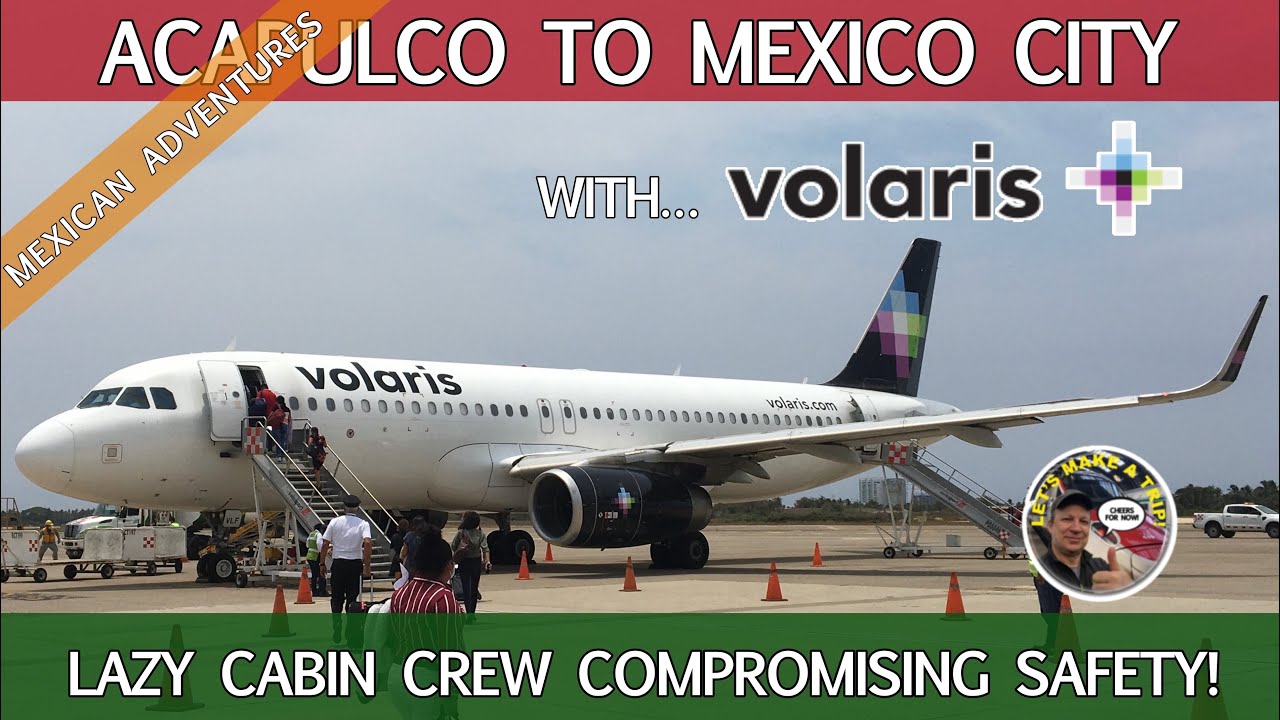Understanding Safety in Mexico City: Perspectives for Travelers
Mexico City, a metropolis brimming with culture and history, is a destination that has attracted travelers from all over the world. However, understanding the safety situation is paramount when planning a visit. The city’s reputation regarding safety has been a topic of discussion, with perceptions often varying among travelers and locals. In reality, similar to any other large city, safety in Mexico City can depend greatly on the area visited and the actions of the traveler.
First and foremost, it is essential for visitors to stay informed about the neighborhoods they plan to explore. Areas such as Polanco, Condesa, and Roma are known for their vibrant street life and generally have a reputation for being safer. On the other hand, some parts on the outskirts of the city see higher rates of crime and might be less welcoming for tourists. Engaging with local knowledge and up-to-date travel advisories can help map out a safer itinerary.
Transportation is a critical aspect of navigating Mexico City safely. Opting for registered taxis or rideshare apps like Uber or Didi can provide a secure way to get around. It is advisable to avoid hailing cabs on the street, especially at night. The Mexico City Metro system is an efficient and cost-effective means of transportation, but it is wise to remain vigilant, especially during rush hour when pickpocketing is more prevalent.
Another consideration is the city’s altitude. Sitting at over 2,000 meters above sea level, some travelers may experience altitude sickness. To mitigate these effects, visitors should consider acclimatizing for a few days, staying hydrated, and avoiding strenuous activity upon arrival. Although not directly related to safety from crime, it is an important health consideration when traveling to this high-altitude capital city.
Being aware of one’s belongings and surroundings cannot be overstated while exploring Mexico City. Tourists should be particularly mindful in crowded places, keep valuables out of sight, and use safety equipment like money belts or anti-theft bags. Moreover, learning a few phrases in Spanish or having a translation app can greatly enhance communication and aid in navigating various situations. With sensible precautions and a well-informed perspective, travelers can significantly improve their safety and enjoy the rich experiences that Mexico City has to offer.
Navigating Mexico City: Smart Travel Tips to Stay Safe
Navigating a bustling metropolis like Mexico City can be overwhelming but incredibly rewarding. With its vast size, rich history, and vibrant culture, it’s a magnet for travelers seeking adventure. However, safety is a paramount concern when exploring any big city. Adhering to these smart travel tips not only ensures a safer journey but also enriches your experience in this captivating capital.
Stay Aware of Your Surroundings
Mexico City is a feast for the senses, but it’s essential to remain vigilant, especially in crowded places like markets or public transport. Be cautious of pickpockets who thrive in packed areas and keep your belongings securely fastened and close to your body. If using a backpack, consider wearing it in front of you in tighter spaces. Also, familiarize yourself with different neighborhoods and plan your route beforehand — staying oriented helps avoid unwanted situations.
Use Reputable Transportation
Choosing the right transport can make all the difference. Opt for recognized taxi companies or rideshare apps like Uber and Didi, which provide added security and convenience. Always check that the vehicle matches the one indicated on your app, and share your trip details with someone you trust. If using public transportation, try to travel during daytime hours and avoid rush hours when possible, as buses and subways can become crowded, making it easier for petty crimes to occur.
The Safest Neighborhoods in Mexico City for Tourists
When planning a visit to Mexico City, safety is often a primary concern for many tourists. Fortunately, the city boasts several neighborhoods that are not only rich in culture and history, but also are known for their high safety standards. These districts often have a stronger police presence, well-lit streets, and a more robust infrastructure catering to the needs of visitors, ensuring a peaceful and enjoyable experience.
Polanco is one of the most upscale and safest areas in Mexico City. Renowned for its luxurious boutiques, fine dining, and plush hotels, this neighborhood exudes an air of elegance that is reflected in its security measures. Tourists can stroll along Avenida Presidente Masaryk, often referred to as the ‘Mexican Champs-Élysées’, without concerns, making it a top choice for those who prioritize safety as much as a high-end shopping and cultural experience.
Another neighborhood that stands out for its safety and charm is Coyoacán. Known as the former home of Frida Kahlo and Diego Rivera, Coyoacán’s bohemian ambiance is coupled with an environment that makes tourists feel welcome and secure. The district’s vibrant plazas, quaint markets, and colonial architecture are patrolled by community-based policing, which maintains a safe atmosphere for both day and night explorers interested in soaking up some local history and tradition.
Cultural Insights: Respecting Local Traditions to Enhance Your Safety
Exploring Mexico is an enthralling adventure filled with vibrant culture and age-old traditions. As travelers, understanding and respecting these cultural norms is not only a mark of courtesy but also plays a significant role in ensuring your safety. Being aware of local customs can help you blend in and avoid unintended offenses that could result in uncomfortable situations. Let’s delve into some key insights to make your travel experience as smooth and enriching as possible.
Firstly, dress appropriately when visiting religious sites or traditional villages. Many places in Mexico hold conservative views on clothing, and showing respect through your attire can go a long way. For example, it’s advisable to avoid wearing shorts or sleeveless tops when entering churches or sacred spaces. Observing these small details helps to convey your respect for local customs and can lead to a more welcoming interaction with community members.
Another crucial aspect is the significance of local festivities. Mexico is known for its lively celebrations such as Dia de Muertos (Day of the Dead) and Semana Santa (Holy Week). Participating in these events can be a profound experience; however, it’s essential to do so with sensitivity. Always ask for permission before taking photographs, especially of people and their altars. Show interest in understanding the history and meaning behind these traditions, and avoid treating them as mere spectacles.
Lastly, when it comes to verbal interactions, learning a few key phrases in Spanish or local indigenous languages can be incredibly impactful. Not only does it demonstrate your effort in engaging with the culture, but it also fosters a sense of safety and trust. Simple phrases such as “Hola” (Hello), “Por favor” (Please), and “Gracias” (Thank you) can make a world of difference in receiving assistance or forging connections that overshadow the barriers of being an outsider.
Mexico City’s Emergency Services: What to Do in an Unexpected Situation
When traveling to Mexico City, it’s essential to be aware of the emergency services available should an unexpected situation arise. The city has made significant strides in ensuring the safety and security of both its residents and visitors. If you encounter an emergency, it is crucial to know whom to contact and how to proceed.
Medical Emergencies
In case of a medical emergency, you should dial the national emergency number, 911. This line is operational 24/7, and the operator will direct your call to the appropriate medical service, which may include ambulances, hospitals, and clinics that are equipped to handle urgent health issues. Most operators are bilingual, so you can communicate in English if necessary. It is also advisable to keep a list of nearby hospitals or clinics with you at all times.
Security and Police Assistance
For security-related emergencies or if you need to contact the police, 911 is again the number to call. The Mexico City police force is prepared to deal with a variety of situations, from theft to more serious criminal activities. When traveling, ensure that you have a copy of your passport and important travel documents, and keep them in a safe place to help identify yourself to the authorities if needed. Remember, your country’s embassy or consulate can offer assistance in case of theft or loss of documents.
Lost or Stolen Items
If your belongings are lost or stolen, report the incident to the nearest police station as soon as possible. Official reports are often needed for insurance purposes and can also help the local authorities keep track of crime hotspots and trends. Additionally, in the event of losing items like credit cards, contact your bank immediately to prevent unauthorized use. It’s also recommended to have digital copies of critical documents and cards, which can be stored securely online or in the cloud for quick access in case of an emergency.
Traveler Reviews: Real Experiences of Safety in Mexico City
Mexico City is a vibrant metropolis known for its rich culture and historical landmarks. In recent years, safety concerns have surfaced in conversations amongst potential visitors. However, travelers who have actually stepped foot in this dynamic city often share a different story. Countless reviews emphasize the capital’s friendly atmosphere and the sense of security felt while exploring the diverse neighborhoods, from the historic center to the chic Polanco district.
One recurring point in the reviews is the noticeable police presence in tourist-heavy areas. Many travelers recount seeing officers patrolling on foot and by bike, which contributed positively to their sense of safety. Tourists also frequently mention the helpfulness of the local police when asking for directions or seeking assistance, noting that their initial apprehension about safety was quickly alleviated by the supportive community and law enforcement.
Another aspect regularly highlighted in visitor feedback is the importance of common sense and self-awareness in Mexico City. Reviews often advise future tourists to adopt the usual safety precautions practiced in any large city, such as guarding personal belongings, avoiding less crowded streets at night, and remaining aware of one’s surroundings. These simple practices, as reported by many, significantly reduce the risk of encountering safety issues.
Transportation in Mexico City is also a point of interest for safety-minded travelers, and their reviews reassure others about the reliable and secure options available. From the extensive Metro system to regulated taxis and rideshare services, visitors share experiences of convenient travel without feeling compromised. Many note the clear presence of designated tourist taxis that are considered safe and dependable for getting around the city.
Finally, numerous reviews emphasize the warm-hearted and welcoming nature of Mexico City’s residents. Travelers often recount instances where locals went out of their way to provide assistance or share insights about their city, further enhancing the visitors’ overall feeling of safety and inclusion. Such personal stories contribute to the growing reputation of Mexico City as a must-visit destination for those seeking an enriching cultural experience coupled with a safe environment.


